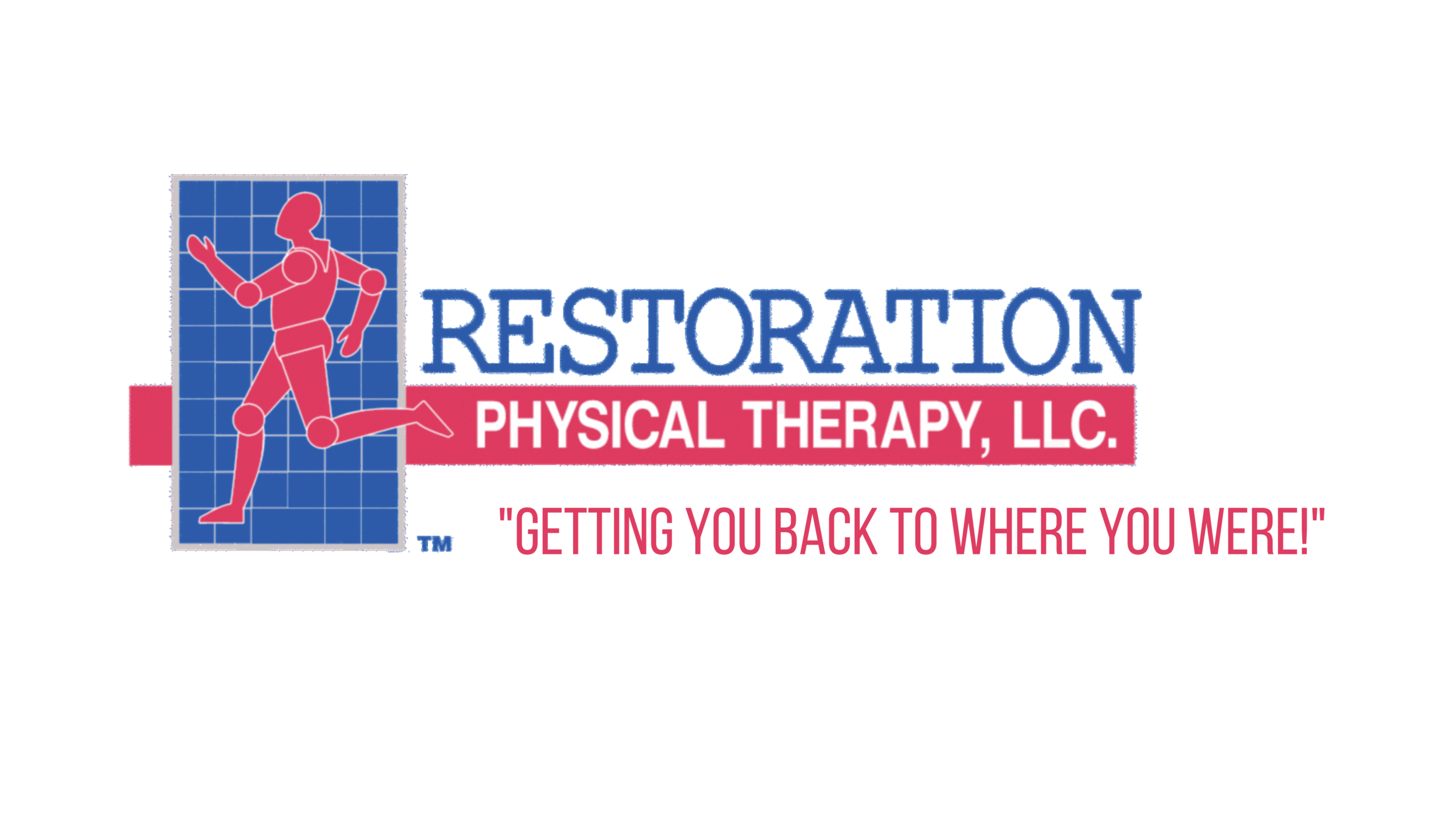Did You Know?
According to the CDC, more than one third of adults 65 and older fall each year in the United Sates and 20 to 30 percent of people who fall suffer moderate to severe injuries. Balance problems occur when one or more of the following systems in the body are not working properly: Vision, Inner Ear, Muscular System, and Proprioception (awareness of one's own body position). Physical therapists can help in risk reduction and prevention of falls.
Causes of Balance Problems
A balance problem exists when an individual has difficulty maintaining a stable and upright position. A range of factors can cause balance problems, including:
Muscle weakness
Joint stiffness
Inner ear problems
Certain medications (such as those prescribed for depression and high blood pressure)
Lack of activity or sedentary lifestyle
Simple aging
Stroke
Parkinson's Disease
Multiple Sclerosis
Brain Injury
Arthritis
Spinal Cord Injury
Cognitive Diseases
Diabetes
Additional Ways Physical Therapy Can Help
Physical therapists offer numerous options for treating balance problems based on each person's needs. We are trained to evaluate multiple systems of the body, including the muscles, joints, inner ear, eye tracking ability, skin sensation, and position awareness in the joints (proprioception).
Physical therapy can help treat your balance problems by identifying their causes, and designing an individual treatment program to address your specific needs, including exercises you can do at home.
Physical therapy can help to...
Reduce fear of falling
Improve mobility, balance, strength, and movement
Improve posture and activity levels
During your balance evaluation, a physical therapist will access problem footwear and hazards in your home that increase your risk of balance problems or falling. Specific activities and treatments to help restore normal movement will be selected for you. Since good posture can improve balance, we will also access your posture, and teach you exercises to improve your ability to maintain proper posture. Once your treatment course is completed, we may recommend that you transition to a community group to continue your balance exercises, and maintain a fall-proof home environment.
We may recommend that you consult with other medical providers including:
An eye doctor, to check your current vision needs.
An ear doctor, to check your outer and inner ear status.
Your personal physician, to review your current medications to see if any of them may be affecting your balance.
Let us help you feel confident with mobility again!
PATIENT USING INTERACTIVE SOFTWARE TO AID WITH BALANCE
PATIENT USES WEIGHT SHIFTING TO PERFORM BALANCE ACTIVITY
Balance issues can affect people of all ages






